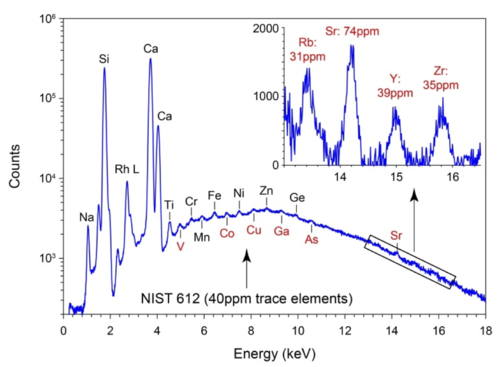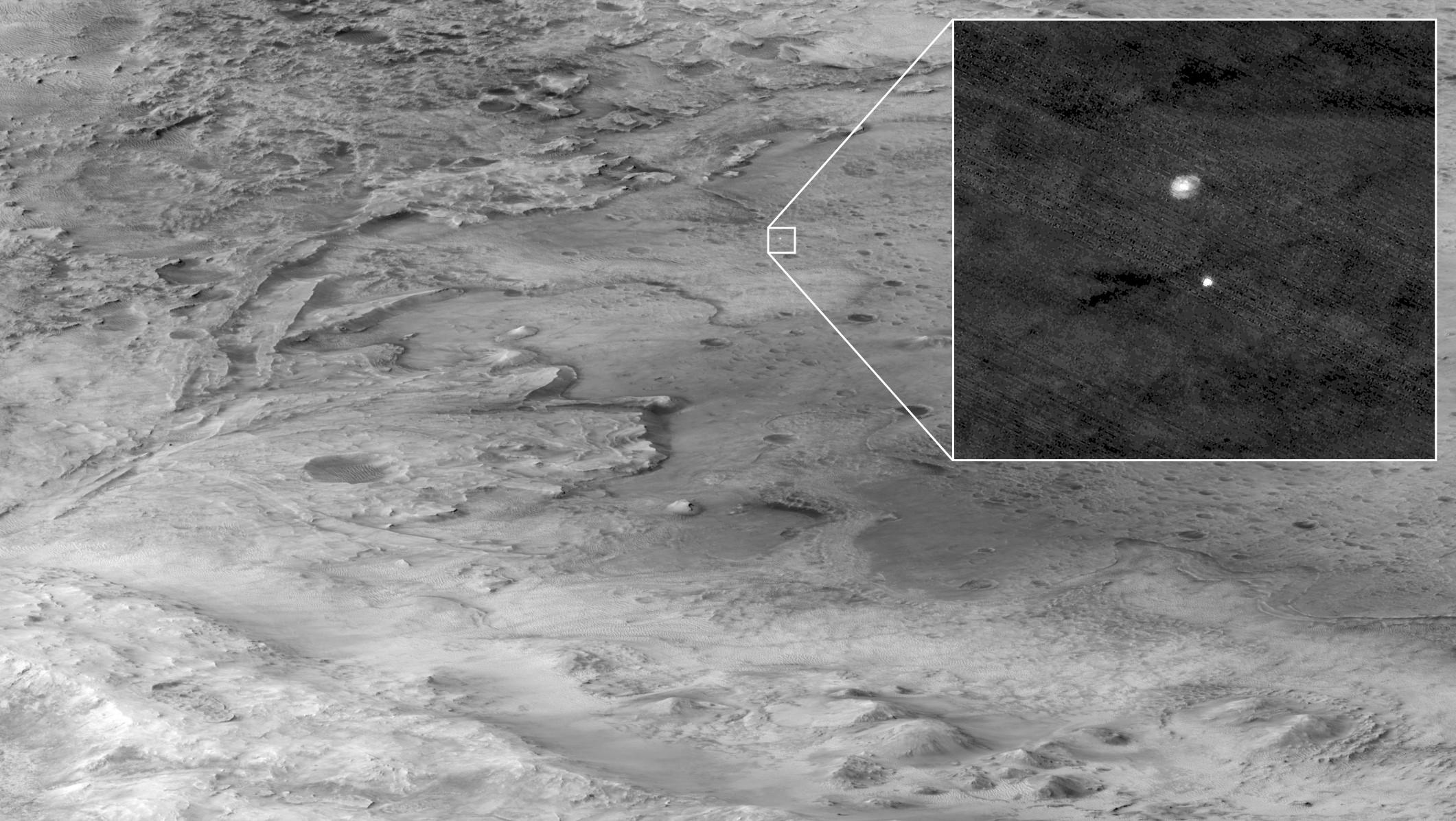https://www.fierceelectronics.com/electronics/nasa-mars-rover-perseverance-launches-thursday-to-find-evidence-life-red-planet wrote:
<<Among the research instruments aboard Perseverance is PIXL (Planetary Instrument for X-ray Lithochemistry), an X-ray flouresence spectrometer and high-resolution imager to map the composition of Martian surface materials. PIXL has the technology to permit more detailed detection and analysis of chemical elements than ever before, according to NASA.
[Neufer's son Dr. Stephen Neuendorffer's San Jose company] Xilinx,the chipmaker that invented the Field Programmable Gate Array, provided its Virtex FPGA for PIXL to be used to help identify chemical elements at size of a grain of salt, according to Minal Sawant, space system architect for Xilinx. She spoke in an interview with FierceElectronics. “If you are looking for signs of ancient life, you want to look at a small scale and get detailed information about chemical elements present,” said Abigail Allwood, the principal investigator for NASA’s Jet Propulsion Lab in Pasadena, California, in a statement.
PIXL hardware is about the size of a lunchbox and is mounted on a turret at the end of a robotic arm aboard Perseverance, according to NASA. The sensor head weighs nearly 10 pounds while the electronics weigh another 6 pounds. It operates on 25 watts and returns about 16 megabits of data per experiment, which could total about 2 megabytes per day. A laboratory tool to do the same job is normally about the size of a large beach cooler and weighs more than 500 pounds. The instrument will focus an X-ray beam to a tiny spot on the target rock or soil and analyze the induced X-ray fluorescence. PIXL can detect more than two dozen elements in five seconds each, according to NASA.
Xilinx Virtex FPGAs will also be used in several other Perseverance instruments: Electra-lite (a UHF transceiver), Mastcam-Z (a mast-mounted camera system for taking 3D pictures and video at high speed to examine distant objects) and SHERLOC (Scanning Habitable Environments with Raman and Luminescence for Organics and Chemicals). Xilinx also provided the FPGA for a radar-based Terminal Descent Sensor (TDS) that uses Ka-band radar to provide range and velocity measurements for Perseverance’s Entry, Descent and Landing after heatshield separation in the Martian atmosphere.
Xilinx paired a Virtex 5 FPGA paid with a RAD750 CPU for vision processing tasks for the descent stage of the mission. Together the chips provide an interface between a camera and an inertial measurement unit. Sawant described the combined chips as providing an improvement of 18 times in the speed required to estimate a camera’s pose change when compared to the CPU on the Curiosity rover launched in 2011. It took Curiosity 160 seconds, which has been pared down to 8.8 seconds for Perseverance. The two chips optimize and rectify images, she said. Curiosity didn’t have an FPGA as Perseverance does, which allows offloading of processing tasks and greater efficiency.
Xilinx Virtex 4 chips aboard Perseverance and its lander are radiation tolerant to protect against the ravages of space. Ceramic packaging is used to ensure the resilience. Virtex 5 chips are radiation hardened through design, which partly means that single event unit hardness is built into the silicon. Xilinx chips have been part of satellites and other space vehicles for decades and the company anticipates more work in the space category. With the Europa mission planned for some time in the 2020s and Iridium satellites to be launched, among others, “there will hundreds of Vertix 5 FPGAs deployed,” Sawant predicted. “Everybody wants to launch satellites.”
In May, Xilinx announced the industry’s first 20nm space-grade FPGA for satellite and space applications called the Kintex UltraScale FPGA. Sawant said the Kintex FPGA will provide almost four times the compute power of the Virtex 5 FPGA allowing machine learning for edge inferencing in space. “It brings machine learning to space that’s never been done before,” she said. Satellites can use the Kintex chip with cameras to observe clouds in the atmosphere, then compress the images that are then stored on-board the satellite. A cloud detection machine learning algorithm can discard the unneeded images so they won’t take up space in transmission or clutter up post-processing work on earth. With the ML on board, a satellite can more easily detect objects separate from clouds, Sawant said.>>
 Mars Perseverance Sol 0
Mars Perseverance Sol 0





